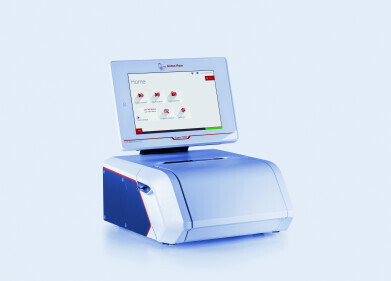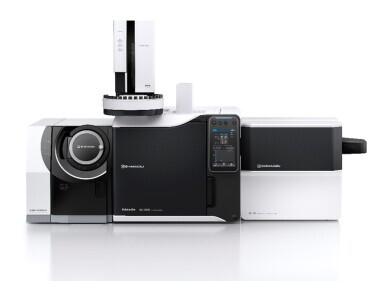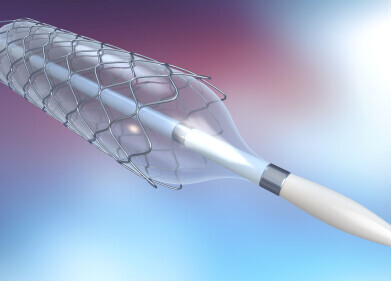Mass Spectrometry & Spectroscopy
5 Methods for Food Analysis
Feb 02 2022
From detecting pathogens to driving research and development, food analysis is a multifaceted discipline with a wide range of applications. Scientists rely on state-of-the-art methods to carry out food analysis, both in laboratories and on site in ingredients processing plants, production factories and supermarket storerooms.
Here’s a closer look at some of the most popular methods used for food analysis:
-
Mass spectrometry (MS)
MS is one of the most common analytical methods used in food analysis laboratories. The technique is often paired with liquid (LC) or gas chromatography (GC) to enhance results. Depending on the application, MS can also be coupled with capillary electrophoresis (CE) and infrared spectroscopy (IR).
-
Nuclear magnetic resonance (NMR) spectroscopy
NMR spectroscopy uses the magnetic properties of atomic nuclei, usually hydrogen, carbon-13, phosphorus-31 and deuterium, to analyse liquid and solid samples. As a non-destructive method, it’s ideal for analysing complex food samples and offers the scope to simultaneously detect and quantify multiple compounds. Scientists also covet NMR for its versatility and high reproducibility.
-
Polymerase chain reaction (PCR)
While PCR testing has become a widely recognised term in the wake of the COVID-19 pandemic, food analysis scientists have been relying on the method for decades. The technique analyses specific DNA sequences and has proved especially useful for identifying animal species in meat products. This helps to prevent food fraud and avoid situations like the highly publicised 2013 horsemeat scandal. PCR testing is also used to detect harmful pathogens and other microorganisms, as well as the presence of genetically modified organisms (GMO).
-
Enzyme-linked immunosorbent assay (ELISA)
From product manufacturers to quality control agencies, ELISA is one of the most widely used methods in the food industry. Tests are used to detect hidden allergenic proteins in food products, including hormones, antibodies and peptides. As a highly-sensitive technique, ELISA is also used to detect peanut traces in raw, processed and cooked foods.
In the dairy industry, ELISA is used to identify pathogens such as E. coli, Salmonella and listeria in milk and cheese products. The testing method is also capable of detecting mould spores before they begin to grow.
-
LFD (lateral flow device)
LFD testing is another method that’s been popularised during the pandemic. In the food industry, this immunological assay technique is a fast and efficient way to detect gluten in products, with an antigen-antibody reaction used to identify the protein. The latest LFD testing kits are compact and easy to use, making them ideal for on-site testing.
Find out more about the advanced technologies being used to analyse food in ‘Ultra-low Level Analysis of Dioxins in Food using a triple quadrupole mass spectrometer (MS/MS) with Boosted Efficiency Ion Source’.
Digital Edition
Lab Asia 31.2 April 2024
April 2024
In This Edition Chromatography Articles - Approaches to troubleshooting an SPE method for the analysis of oligonucleotides (pt i) - High-precision liquid flow processes demand full fluidic c...
View all digital editions
Events
Apr 28 2024 Montreal, Quebec, Canada
May 05 2024 Seville, Spain
InformEx Zone at CPhl North America
May 07 2024 Pennsylvania, PA, USA
May 14 2024 Oklahoma City, OK, USA
May 15 2024 Birmingham, UK


















